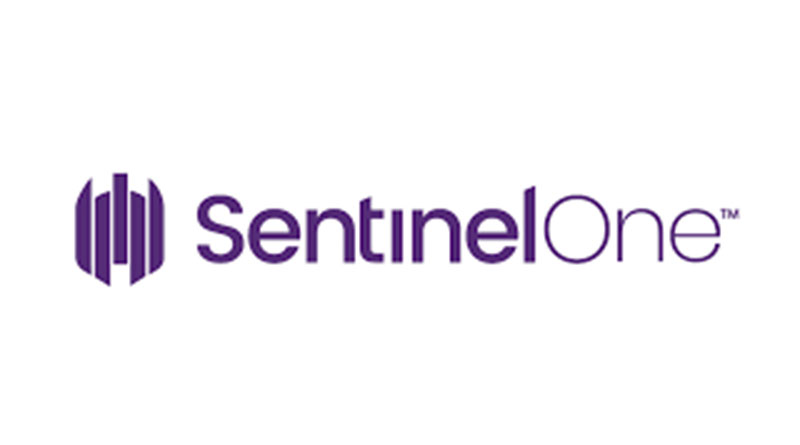

Analysts expect S to hit $1 billion in revenue by Jan 2025 along with three more years of operating losses. I always like to look at sell-side analyst estimates, to see what the consensus is around the company. ARR means that if all customers at the end of Q keep and renew their contracts until the end of the year, revenue would be $339 million (excluding any new customers or churn). Operating costs as a % of revenue should come down in following quarters, and if they don’t, it’s a major red flag.ĪRR (annualized recurring revenue) jumped 110% in last quarter.
#Sentinelone competitors software#
This is clearly not sustainable but the company had to prove to large customers that their software works, and that’s pretty time-consuming and expensive.

Nicholas Warner (president of security) mentioned on the Q1 2023 call that Attivo has the best identity protection product on the market, validated by MITRE as well.

This means that SentinelOne now protects endpoints (devices), cloud workloads and users. In May 2022, the company completed the acquisition of Attivo, which provides identity protection for users. The Singularity platform also features a marketplace with a handful of apps (Microsoft, Splunk etc.) that customers can easily integrate. SentinelOne is a unique business, and there aren’t many companies out there who have similar software (except for Crowdstrike maybe). So in other words, it’s like a giant brain that constantly analyzes data and shuts down or reports suspicious activity.

Limiting an attacker’s ability to uncover IP and perform data exfiltration by limiting their access to cloud app Restricting a user’s ability to send email when their endpoint is infected This allows customers to discover how the system was breached and track it over time.Īutomatically denying access to a suspicious user Threats within SentinelOne are connected with intelligence from other security tools into unified alerts. It also means they have to pay higher hosting costs and store the data somewhere, which lowers gross margins. Sentinel gathers data from customers and retains them for up to 3 years, which allows them to negate any harmful changes done in customer’s systems. This allows them to track and roll back any harmful changes done. It then constructs so-called Storylines, which is a record of activity in the network and contains any unauthorized changes to files. Streaming AI - connects various data streams and hunts for anomalies in themīehavioral AI watches every endpoint connected to the platform and screens suspicious activity. Singularity platform has several AI elements:īehavioral AI - monitors behavior across the network Both Weingarten and Cohen understood, that if they could train AI to recognize these patterns, their solution could be unrivaled. They do things that normal users don’t and try to camouflage their activity. Malicious users (attacks) actually behave differently from regular users. Sentinel’s platform is called Singularity XDR and covers various aspects of cybersecurity - remediation & rollback, incident response,forensics, device and firewall control etc.Ģ The company is now offering Scalyr (under DataSet) for external customers and more applications than cybersecurity. They have gradually expanded to cover cloud workloads and identity management. Sentinel’s initial focus was protecting endpoints, which are any devices connected to a network - laptops, desktops, IoT, etc. Some of their customers house data for billions of users and Sentinel has to protect against crime syndicates and even hostile governments. In other words, if someone attacks you with machine speed, you need machine speed protection. They have succeeded in building a truly unique product and company.Īttacks are increasingly becoming automated and legacy solutions are not built to handle that kind of scale. They saw a market for a solution, that would automatically remediate cyber threats, instead of just alerting to them. In 2012, both Weingarten and Cohen identified the changing landscape of cybersecurity.


 0 kommentar(er)
0 kommentar(er)
